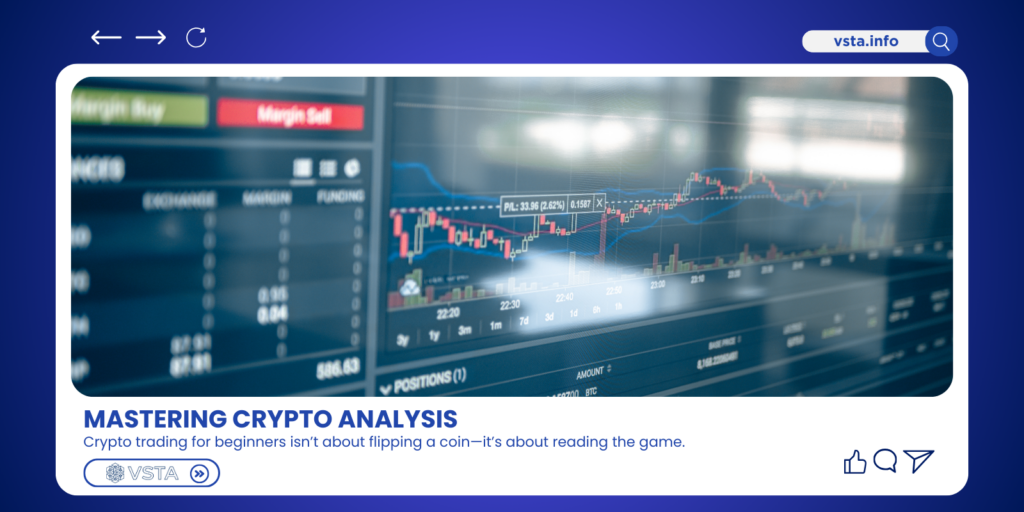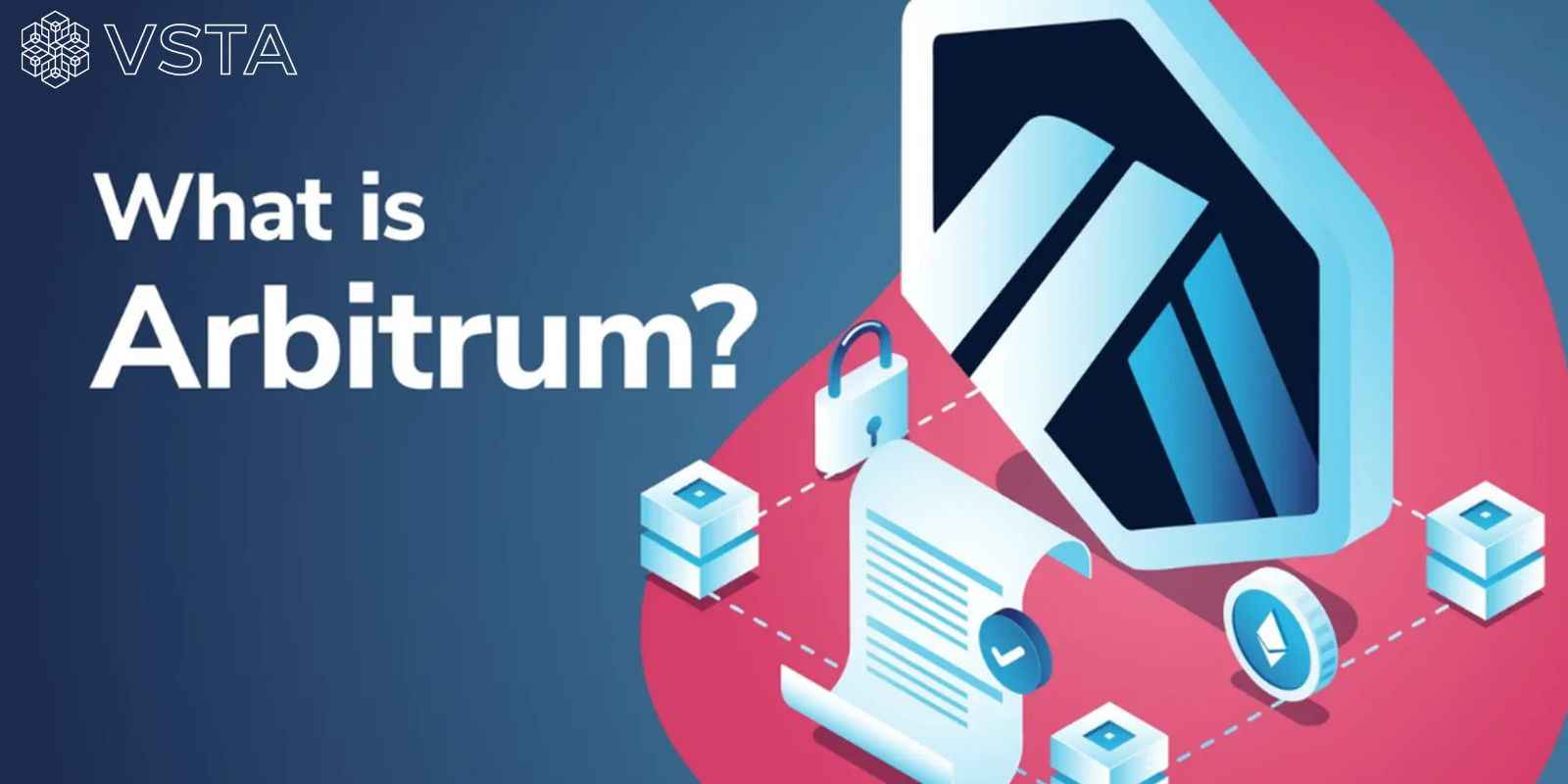Crypto trading isn’t just a buzzword—it’s a gateway to financial freedom, and you don’t need to be a Wall Street guru to dive in. Whether you’re captivated by Bitcoin’s rollercoaster ride or eyeing tokens tied to gambling ecosystems like $VSTA, this beginner’s guide to crypto trading is your roadmap. We’re here to unravel the mystery, arm you with practical know-how, and show you how to trade crypto as a beginner without losing your shirt. With crypto markets buzzing 24/7 as of April 2025, there’s never been a better time to master crypto trading for beginners. Let’s roll up our sleeves and get started—your first profit is closer than you think!
What Is Crypto Trading? A Fresh Take for Newbies
Picture this: a global casino where the chips are digital currencies, and the tables never close. That’s crypto trading in a nutshell—buying and selling cryptocurrencies to cash in on price swings. For crypto trading for beginners, it’s less about luck and more about strategy. Unlike stocks tethered to 9-to-5 exchanges, crypto operates round-the-clock, fueled by blockchain tech that keeps it transparent and unstoppable.
- How it works: You hop onto an exchange—think of it as your trading floor—buy a coin like Bitcoin at $50,000, and sell it at $52,000. The difference? Your profit. Platforms range from user-friendly Binance to decentralized gems like Uniswap.
- Why it’s a game-changer: No middlemen, no borders—just you, your wallet, and a market that’s alive every second of 2025. This beginner’s guide to crypto trading will show you how to turn that chaos into opportunity.
Trading vs. Long-Term Investing: Which Path Suits You?
New to crypto? You’ve got two roads ahead, and how to trade crypto as a beginner starts with picking one:
- Trading: It’s the fast lane—buy low, sell high in hours or days. Imagine snagging a token at $0.10 and flipping it at $0.15 by lunchtime. Perfect for adrenaline junkies who thrive on crypto trading for beginners.
- Long-Term Investing: The slow burn—hold coins for months or years, often staking them for rewards. For example, $VSTA offers up to 150% APY in 2025, tied to gambling platforms like Go88. It’s less stress, more patience, and a bet on future growth.
- What’s your vibe?: Love watching charts dance? Trade. Prefer steady wins? Invest. This beginner’s guide to crypto trading gives you the tools for both.
The Must-Know Basics for Crypto Trading for Beginners

Crypto isn’t a slot machine—it’s a skill. Before you wager your first dollar, let’s lock down the essentials. This beginner’s guide to crypto trading breaks it into bite-sized pieces so you can start strong.
Coins vs. Tokens, CEX vs. DEX: Your Trading Toolkit
- Coins vs. Tokens:
- Coins: The big dogs—Bitcoin, Ethereum—each with its own blockchain. They’re like standalone currencies, foundational to crypto trading for beginners.
- Tokens: Built on existing blockchains (e.g., $VSTA on Binance Smart Chain), they power specific ecosystems—think gambling payouts or staking perks. Knowing the difference is step one in how to trade crypto as a beginner.
- CEX vs. DEX:
- Centralized Exchanges (CEX): Binance, Coinbase—think of them as crypto ATMs. Easy setup, perfect for crypto trading for beginners, but they hold your funds (a risk if hacked).
- Decentralized Exchanges (DEX): Uniswap, PancakeSwap—trade straight from your wallet (e.g., Metamask). No middleman, pure Web3 vibes, and ideal once you’ve grasped how to trade crypto as a beginner.
- Pro tip: Start with a CEX for simplicity, then level up to DEX for control. This beginner’s guide to crypto trading sets you up for both.
Mastering Crypto Analysis: Your Edge as a Beginner

Crypto trading for beginners isn’t about flipping a coin—it’s about reading the game. Two powerhouse methods will sharpen your edge: Technical Analysis (TA) and Fundamental Analysis (FA). Here’s how to trade crypto as a beginner with precision.
Technical Analysis (TA): Charts That Talk
- What it is: TA is your crystal ball—using price charts to predict moves. A token spiking with high volume? That’s a buy signal for crypto trading for beginners.
- Key tools:
- Candlesticks: Green (up), red (down)—track daily trends.
- Moving Averages: A 50-day line shows the trend—crossing above it screams “buy.”
- RSI (Relative Strength Index): Over 70? Overbought—sell. Under 30? Oversold—buy.
- Real-world example: In March 2025, Bitcoin’s RSI hit 25, sparking a 15% rally. Practice TA on TradingView—it’s free and gold for how to trade crypto as a beginner.
- Why it works: Markets follow patterns, and TA turns chaos into clarity.
Fundamental Analysis (FA): Digging for Hidden Gems
- What it is: FA is your detective work—evaluating a crypto’s worth beyond the charts. Look at tech, team, and use case.
- Key factors:
- Tech: Does it solve a problem? $VSTA’s AI handles 10K+ transactions/second—built for gambling’s fast pace.
- Team: Credibility matters—$VSTA’s Maconarc ties to Go88 signal trust.
- Use Case: Real demand drives value—$VSTA powers betting payouts in 2025.
- Why it matters: FA spots long-term winners. This beginner’s guide to crypto trading helps you pick coins that last.
Rookie Traps: Common Mistakes in Crypto Trading for Beginners
The crypto market is a wild ride, and beginners often stumble. Here’s how to trade crypto as a beginner without crashing:
- FOMO (Fear of Missing Out): A coin jumps 50%—don’t buy at the peak. Wait for dips—patience pays in crypto trading for beginners.
- Overtrading: Ten trades a day sound cool until fees drain you. Aim for 1-2 smart moves.
- Security Fails: In 2024, hacks cost traders $1.7B (CoinTelegraph). Use Metamask, enable 2FA—keep your funds safe.
- No Plan: Random trades = random losses. Set a target (e.g., 20% profit) and stick to it.
- Big Risks Early: Don’t bet your rent—start with $10-$20 to learn the ropes.
This beginner’s guide to crypto trading keeps your wallet intact.
Free Resources to Kickstart Crypto Trading for Beginners
You don’t need a fancy course to master crypto trading for beginners. Here’s your treasure trove of free tools—updated for 2025:
- Binance Academy (binance.com/en/academy): Crypto 101—start with “What’s Blockchain?” and “Trading Basics.”
- CoinMarketCap Learn (coinmarketcap.com/learn): Bitesize lessons on coins, tokens, and trends—perfect for how to trade crypto as a beginner.
- YouTube Gold:
- “CryptoCasey”: Wallets and exchanges in 10-minute bites.
- “Whiteboard Crypto”: Visual breakdowns of TA and FA.
- TradingView (tradingview.com): Free charts to practice candlesticks and RSI—your TA playground for crypto trading for beginners.
- Reddit (r/CryptoCurrency): Real trader tips—search “beginner trading” for 2025 insights.
- Bonus: Join gambling-focused crypto communities (e.g., $VSTA’s Telegram) for niche tricks tied to betting platforms.
Your Action Plan: A Beginner’s Guide to Crypto Trading Success
Crypto trading for beginners is a marathon, not a sprint—but you’re already ahead of the pack. This beginner’s guide to crypto trading hands you a proven plan to conquer the market:
- Week 1: Learn the Basics: Study coins vs. tokens and CEX vs. DEX (Binance Academy, 2-3 hours).
- Week 2: Pick Your Platform: Open a Binance account (CEX)—deposit $20 to test the waters.
- Week 3: Practice Analysis: Plot a coin’s chart on TradingView (try TA with candlesticks) or research its FA (CoinMarketCap).
- Week 4: Trade Small: Buy $10 of a coin, set a 15% profit goal, and sell—feel the rush of how to trade crypto as a beginner.
- Ongoing: Stay Sharp: Follow crypto news (CoinDesk, 2025 updates) and Reddit for real-time tips.
Why trust this plan? As a crypto expert with years in gambling ecosystems (think $VSTA’s betting integrations), I’ve seen beginners soar with these steps. The market’s volatile—up 20% one day, down 15% the next (April 2025 data)—but knowledge turns chaos into cash. Ready to master crypto trading for beginners? Your first trade is waiting—start small, win big!



